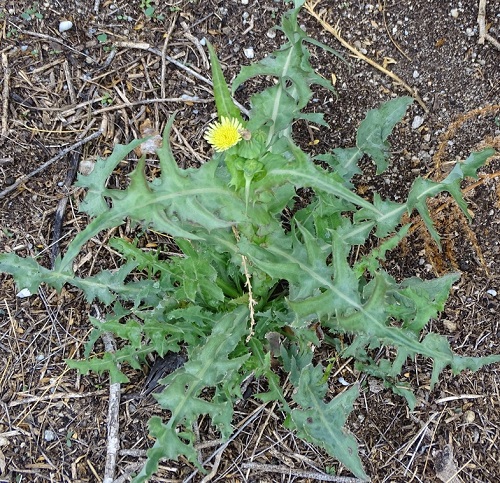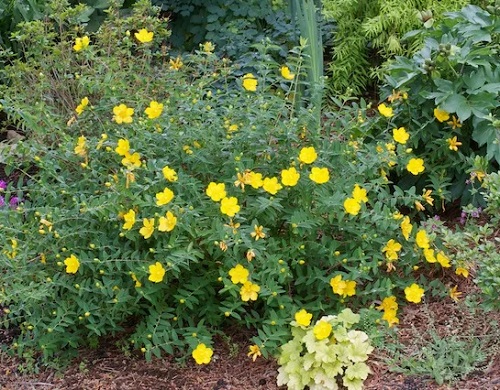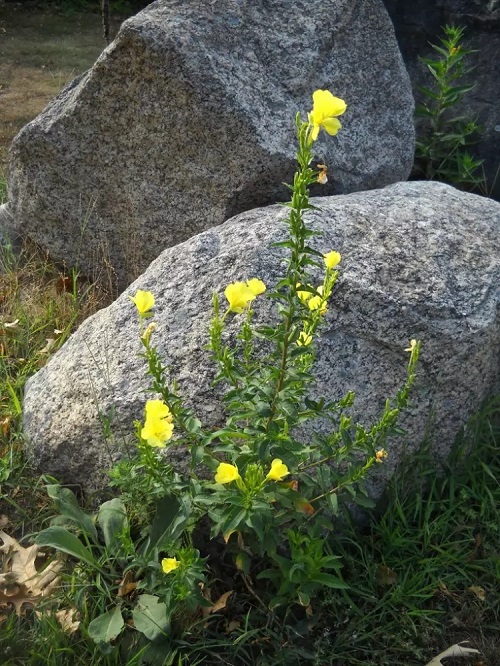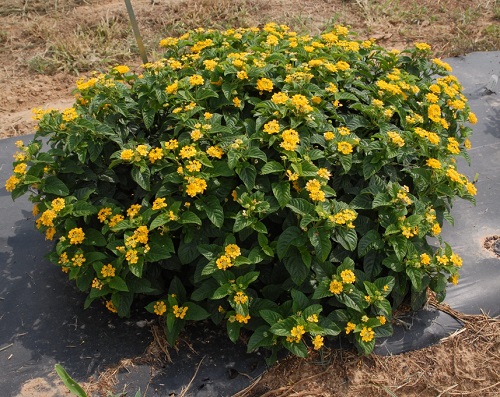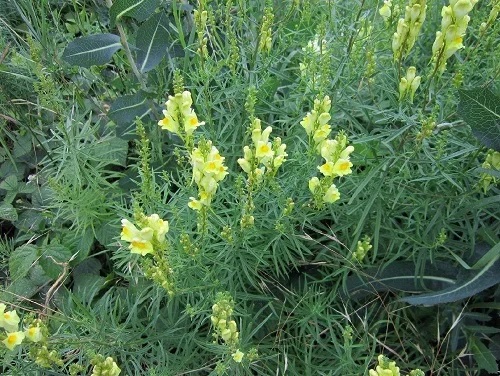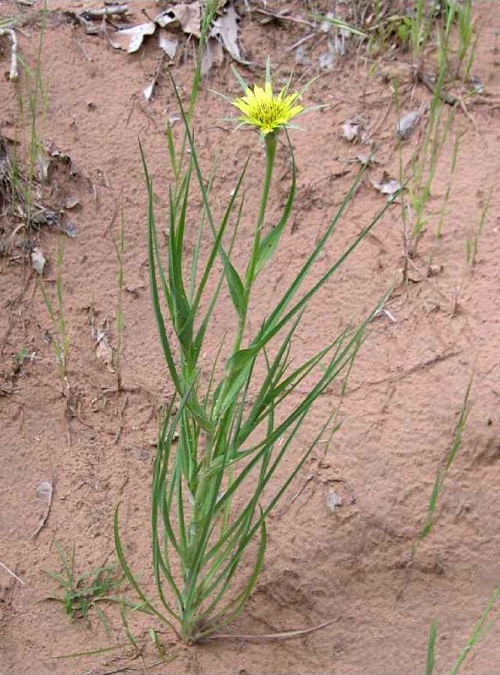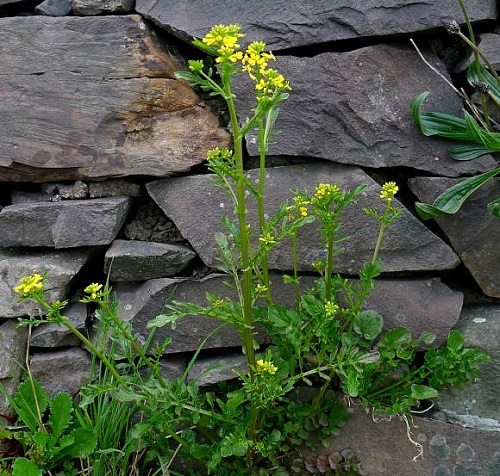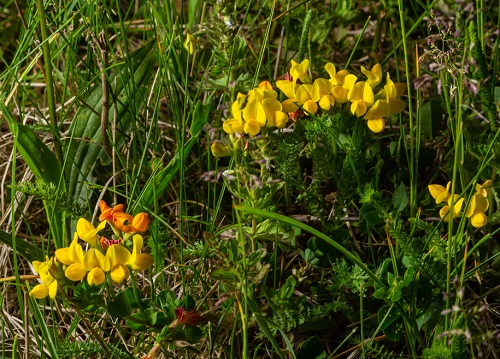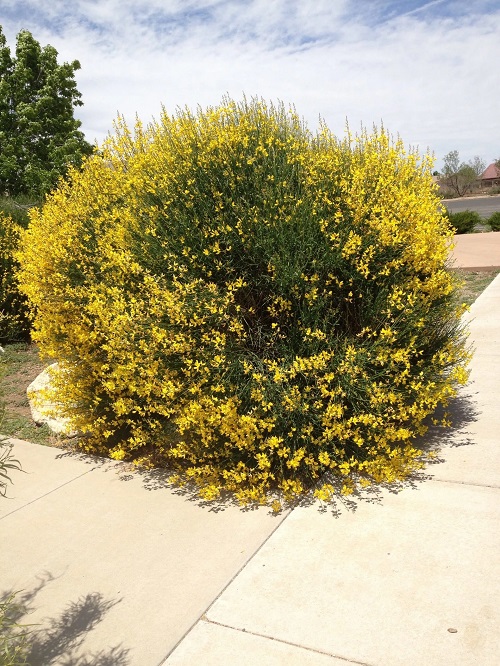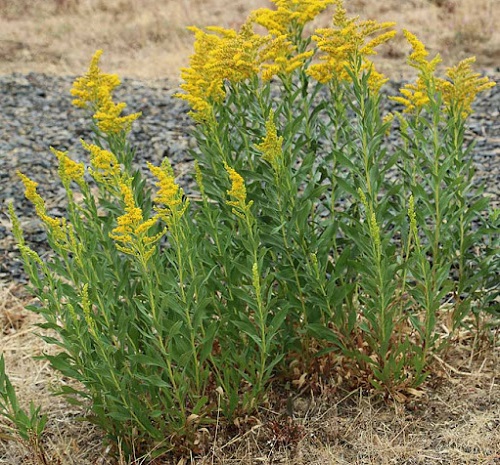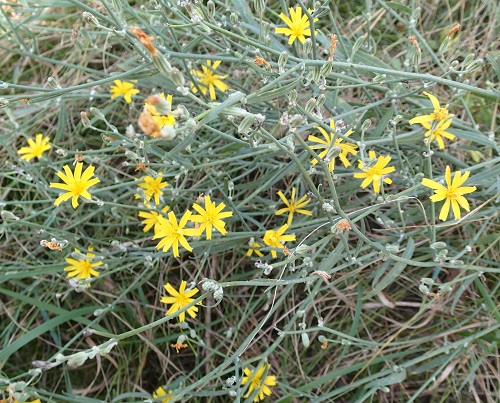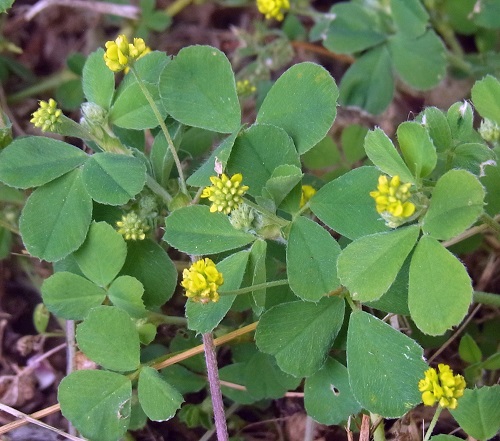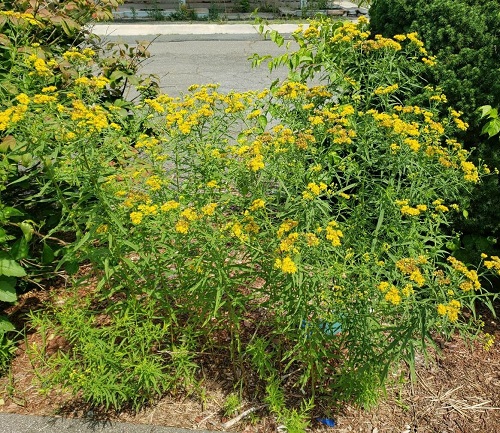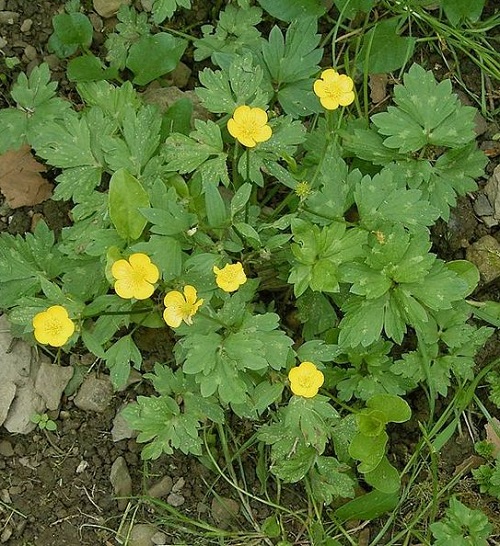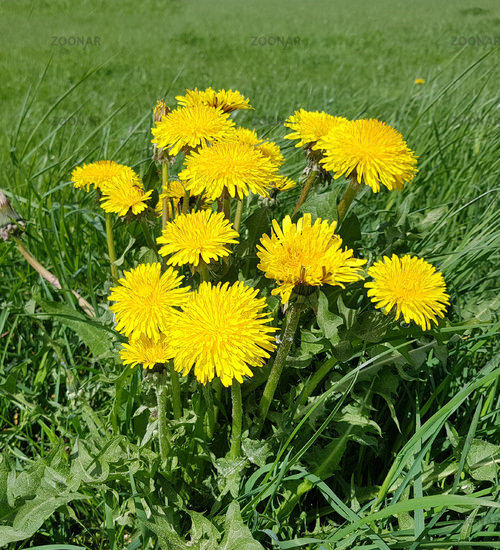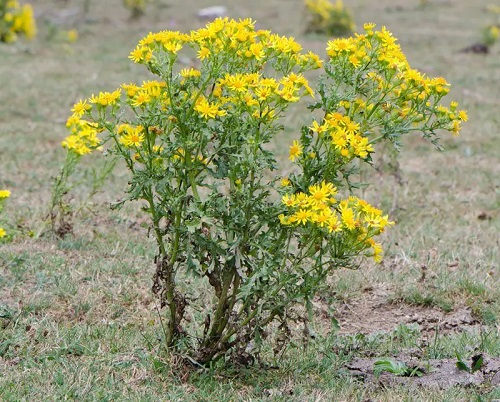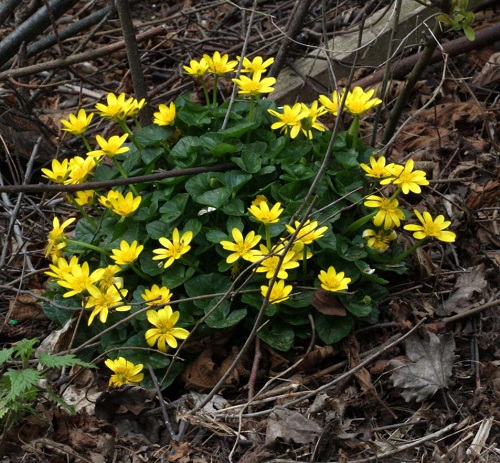Here are some Invasive Weeds with Yellow Flowers that pose a serious threat to native plants and ecosystems!
Have you noticed any invasive weeds with yellow flowers growing in your garden lately? If so, remove them right away. These aggressive species can quickly take over and hamper the growth of other native plants if not managed properly. Read on to learn more about these noxious weeds.
Invasive Weeds with Yellow Flowers
1. Perennial Sowthistle
Botanical Name – Sonchus arvensis
Perennial sowthistle is an invasive weed of the Asteraceae family with bright yellow dandelion-like flowers. It also boasts up to 12 inches long blue-green leaves with serrated margins.
2. Common St. John’s-Wort
Botanical Name – Hypericum perforatum
This multistemmed perennial forb produces yellow blooms from June to August. It’s invasive in prairie, mountain grassland, western hardwoods, oak-hickory and oak-pine complexes.
3. Common Evening Primrose
Botanical Name – Oenothera biennis
The common evening primrose showcases yellow blooms that close during the day and open in the evening, hence the name. It was used by the Native American tribes for food and medicinal purposes.
4. Garden Loosestrife
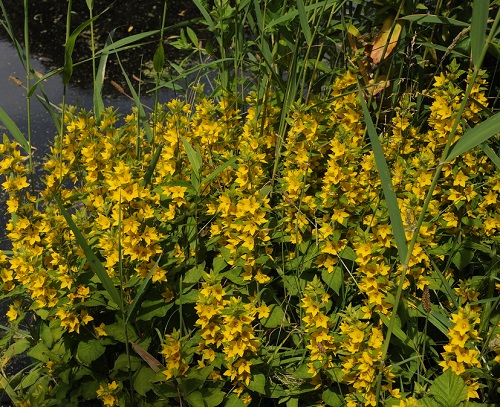
Botanical Name – Lysimachia vulgaris
This upright, rhizomatous invasive weed can become 3 feet or more with primrose-like yellow blossoms in summer. It’s frequently seen in moist habitats such as fens, lake shores, marshes, and streambanks.
5. Yellow Lantana
Botanical Name – Lantana camara
Yellow lantana stands out with vivid yellow flowers that also come in shades of white, red, and pink on long stalks. Remove this weed because it’s poisonous to humans, cats, dogs, horses, and humans.
6. Yellow Toadflax
Botanical Name – Linaria vulgaris
Yellow toadflax boasts snapdragon-like yellow flowers that attract bees, butterflies, and other insects. This invasive weed is a common sight on roadsides, waste areas, fields, pastures, and forest edges.
7. Yellow Salsify
Botanical Name – Tragopogon dubius
Native to Europe, this yellow-flowering perennial was introduced to North America by European immigrants. Its bright yellow ray blooms open early in the day and close in the afternoon.
8. Yellow Rocketcress
Botanical Name – Barbarea vulgaris
Yellow rocketcress is an invasive species in the Bracacaea family. This weed can tolerate different soil conditions, such as sandy, medium, and heavy clay soils.
9. Bird’s Foot Trefoil
Botanical Name – Lotus corniculatus
This species is a low-growing broadleaf weed that draws attention with pea-like yellow flowers. Its seeds germinate in the spring and quickly spread during the fall.
10. Spanish Broom
Botanical Name – Spartium junceum
Spanish broom is considered invasive throughout California, especially in coastal scrub, grassland, wetlands, oak woodland, and the northwestern part of the state.
11. Canada Goldenrod
Botanical Name – Solidago canadensis
Native to North America, the common goldenrod showcases clusters of tiny yellow blooms that attract bees and butterflies from late summer to fall. It’s an invasive species in various parts of the world due to its rapid vegetative reproduction ability.
12. Skeletonweed
Botanical Name – Chondrilla juncea
This aggressive yellow-flowering weed significantly reduces wheat yields by 80% in Australia and Argentina. Skeletonweed also impacts the growth of native plants in several states of the United States.
13. Black Medic
Botanical Name – Medicago lupulina
Black medic is an annual broadleaf weed from the Fabaceae family. You can easily spot this species in disturbed areas, lawns, fields, and pastures with clusters of yellow flowers.
14. Flat-topped Goldenrod
Botanical Name – Euthamia graminifolia
Flat-topped goldenrod produces pale to bright yellow flowers and grass-like foliage on long, thin stems. This plant can become up to 3–6 ft tall and 1–2 ft wide in ideal growing conditions.
15. Creeping Buttercup
Botanical Name – Ranunculus repens
This Eurasia native is an invasive species in moist gardens and meadows but is fairly easy to pull out when necessary. It features five-petalled yellow blooms from May to early August.
16. Dandelion
Botanical Name – Taraxacum officinale
Dandelions are deeply rooted weeds with bright yellow ray blossoms in spring. They contain milky latex sap that causes skin irritation after exposure.
17. Common Ragwort
Botanical Name – Jacobaea vulgaris
Common ragworts are not only harmful for the environment but also poisonous to livestocks. They are frequently seen in forest clear-cuts, overgrazed pastures, and along roadsides.
18. Lesser Celandine
Botanical Name – Ficaria verna
Lesser celandine is a noxious weed with tuberous roots, dark green heart-shaped leaves, and yellow blooms. This plant appears in woodlands, wetlands, streambanks, and along roadsides.

